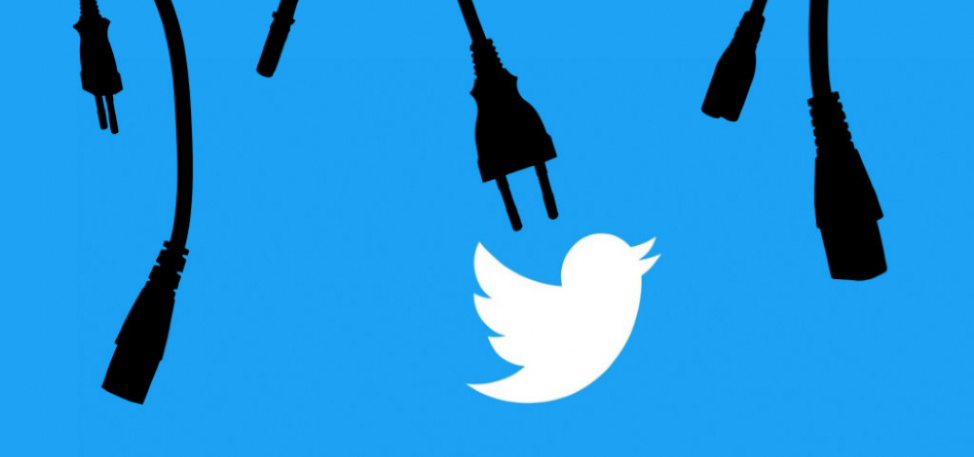Twitter Officially Bans Third-Party Clients With New Policies for Developers
Alison Anderson
23 Jan 2023

witter has recently updated its developer rules to ban third-party clients in order to make it easier for the company’s own applications. This update has caused outrage among developers and users who have used these apps for years without any issues. The new rule change is seen as an attempt from Twitter to monetize its user base, but it also raises questions about the lack of communication from the company about what was happening.
Several popular third-party apps like Tweetbot and Twitterific were suddenly blocked on January 12th without any explanation from the company itself. On January 17th, a statement appeared on Twitter's developer account stating that they were “enforcing their long-standing API rules” which may cause certain apps not to work anymore. Developers behind these apps also highlighted how there was no advance notice or clarity concerning what rules were actually broken by their service. It is believed that money might be one of the main reasons behind this decision since third-party clients earn less money than first-party ones and don't serve ads through them either - reducing Twitter's ability to monetize people using alternative services.
The move has been met with criticism from developers who have long used Twitter's APIs and services in their own products, as they were never given any prior notice of the change in policy, nor were they told what exactly had changed in order for them to be compliant with these new regulations. Craig Hockenberry, principal at Iconfactory, called it "another scene in their ongoing shit show". Other commentators pointed out that many third-party clients had been running for years before Elon Musk purchased Twitter and started espousing plans to turn it into an “everything app” suggesting this may be part of his plans going forward.
Besides developing alternatives that compete directly with their first-party applications—which is now forbidden by these newly introduced rules. The main problem arises from not being able to serve ads within those third-party applications. Something which would have earned them more money than if users stayed on their first-party ones instead, where ads can be shown more easily. Another issue is related to subscription services such as 'Twitter Blue' where customers may not be willing to use first-party applications, instead opting for other alternatives with similar user experiences but without having to pay extra fees for additional features already included on those original platforms provided by Twitter itself such as different color schemes and custom icons etcetera.
Conclusion
Overall, this recent rule change from Twitter has sparked a lot of controversy due to its lack of transparency and communication with developers who had been using their services for years without any issues until now – leading some commentators and developers alike to dub it another scene in “Twitter’s ongoing shit show" as Craig Hockenberry put it best himself on his blog post back in 2021. The only thing left now is to wait and see how other companies will react after such drastic changes by one of the social media giants out there today.
